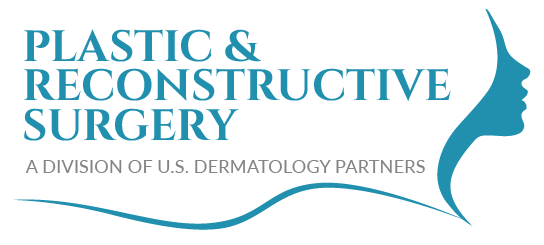Otoplasty
The ears are often overlooked when it comes to cosmetic surgery, but there are many reasons why a patient might choose to move forward with otoplasty (the clinical term for plastic surgery of the ears). Otoplasty may be recommended to improve the appearance, shape, and symmetry of the ears. You can learn more about this procedure below or by contacting Plastic & Reconstructive Surgery – a division of U.S. Dermatology Partners to schedule a consultation visit. During your consultation, a knowledgeable cosmetic surgeon will answer your questions and review treatment options to ensure otoplasty is the best option.
What Is Otoplasty?
Otoplasty refers to any type of ear surgery. This term may be referring specifically to plastic and cosmetic surgery, but it is also a general term used for any kind of ear surgery. Otoplasty procedures may be used to change the size, shape, protrusion, or symmetry of the ears. Otoplasty may also be recommended to correct birth defects, scar tissue, damaged earlobes, and other congenital defects or irregularities caused by injury. This cosmetic surgery procedure also corrects or improves the results of previous surgeries. The goal of otoplasty is to create a more aesthetically pleasing appearance while balancing facial proportions.
There are many reasons why patients choose to move forward with otoplasty, including:
- Improving facial symmetry
- Repairing the appearance of earlobes damaged by earrings and gauges, burns, and other injuries
- Removing excessive growth of keloid scar tissue
- Correcting genetic malformations
- Reducing ear protrusion
Benefits of Otoplasty
Like other types of cosmetic and reconstructive surgery, otoplasty can improve the patient’s sense of confidence and self-esteem. Unlike other types of plastic surgery that are only recommended for adults, otoplasty may be recommended for adolescents and even younger children to improve the appearance of genetic malformations.
Recovery After Otoplasty
After otoplasty, there will likely be mild pain and discomfort. Over-the-counter pain relievers are adequate to manage pain for most people, but your surgeon may recommend prescription pain medications if they believe it’s necessary. Your surgeon will place bandages and instruct you on when to remove them. Make sure to follow these directions closely as removing the bandages too soon can lead to poor healing and other concerns, including increased chances for revision surgery. Once the bandages are removed, your surgeon will provide care instructions to ensure the surgical sites heal quickly and comfortably.
Risks Associated with Otoplasty
Any surgical procedure will have associated risks, but when you work with a skilled facial plastic surgeon, you can be assured that they will do their utmost to provide safe, well-planned treatment that mitigates risk. While your surgeon will do everything possible to ensure you achieve the desired results with little to no negative side effects, some adverse responses can occur following surgery.
Some of the common risks associated with otoplasty include:
- Allergic response to surgical materials, dressings, or medications
- Adverse response to anesthesia
- Excessive bleeding
- Loss of sensation or change in sensation
- Pain that lasts after healing
- A wound that doesn’t heal properly
- Scarring
- Infections

